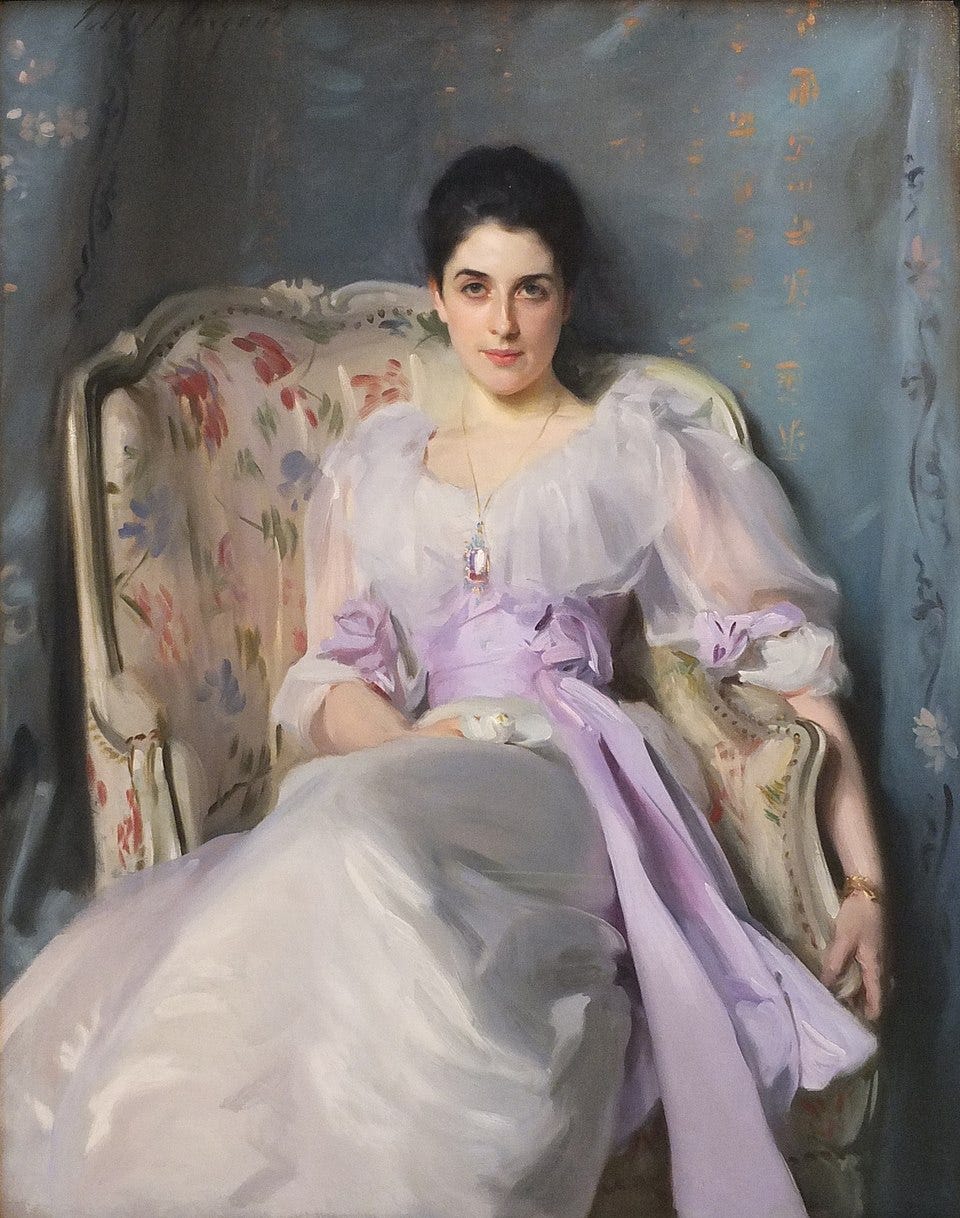Watching "The Gilded Age"? Behind the Real Artist Who Paints Gladys's Portrait
John Singer Sargent (1856-1925) was high society's favorite portrait artist. But his oeuvre comes with a few surprises.

“There’s a moment when a young girl turns into a woman. It doesn’t last long, and I’d like it caught on canvas.”
These are the words that Bertha Russell (Carrie Coon) shares with John Singer Sargent (Bobby Steggert) on HBO’s The Gilded Age, a show that explores the lives of wealthy New Yorkers and their servants during the late 1800s. Russell is married to the self-made railroad tycoon George Russell, whose character was inspired by the infamous robber barons of the period. Among the upper-crust, the Gilded Age was an era of tension between Old Money (those whose ancestors arrived during the colonial era, either of English or Dutch origins) and New Money like Bertha Russell, who is implied to be of Irish descent.
Nevertheless, the United States was barely 100 years old. Even those of Mayflower stock couldn’t claim the lineage of Europe’s aristocracy—despite, in many cases, having more money. Wealthy Americans sti…


